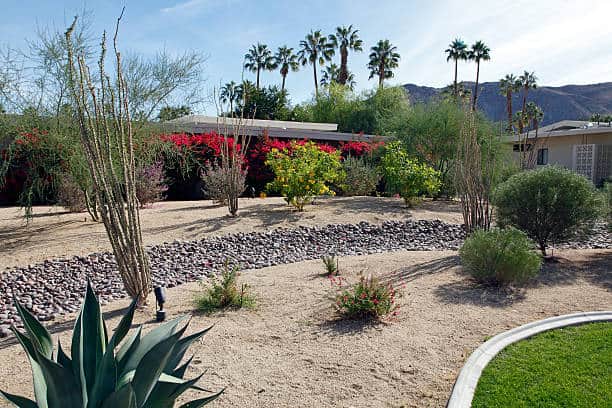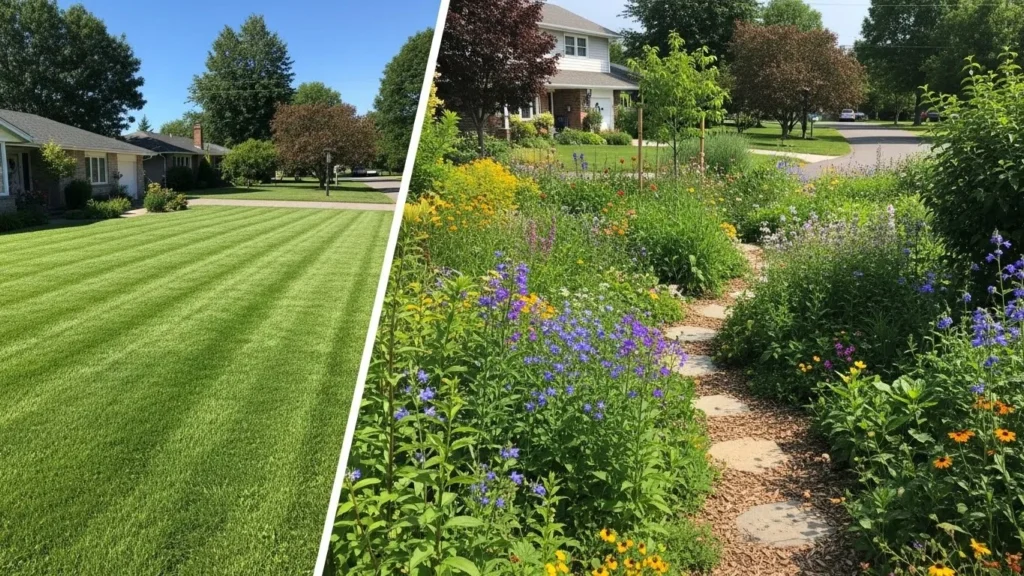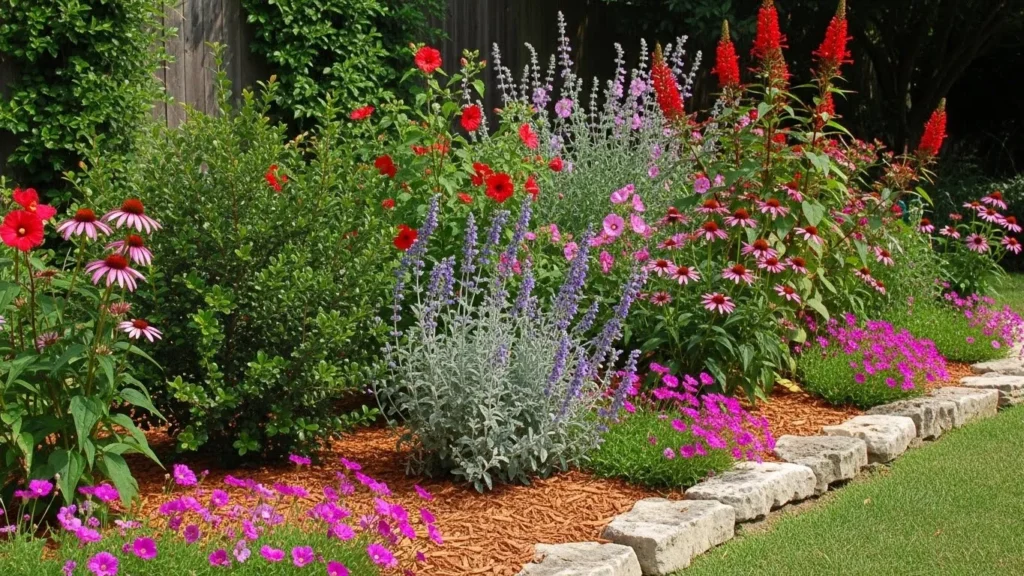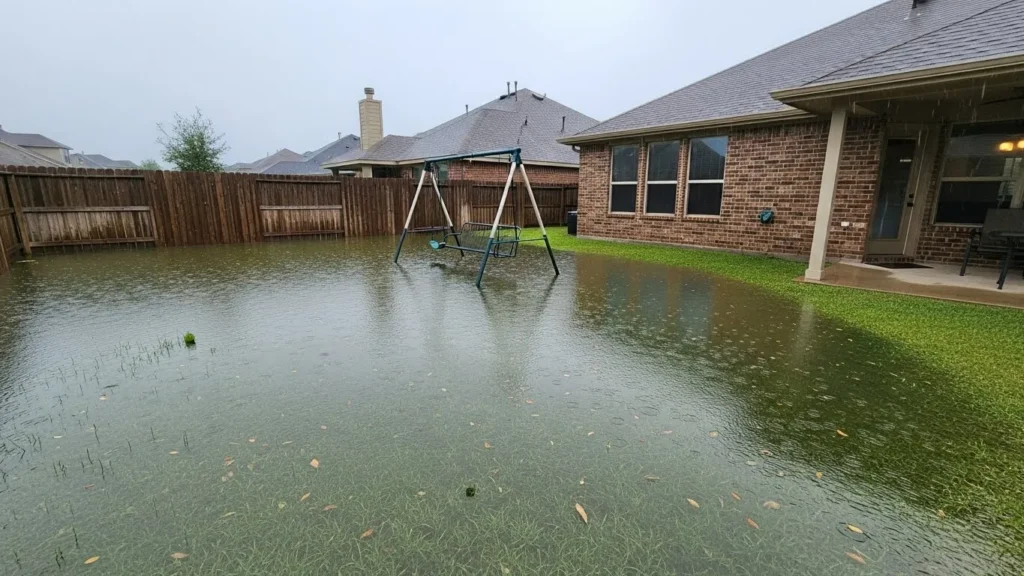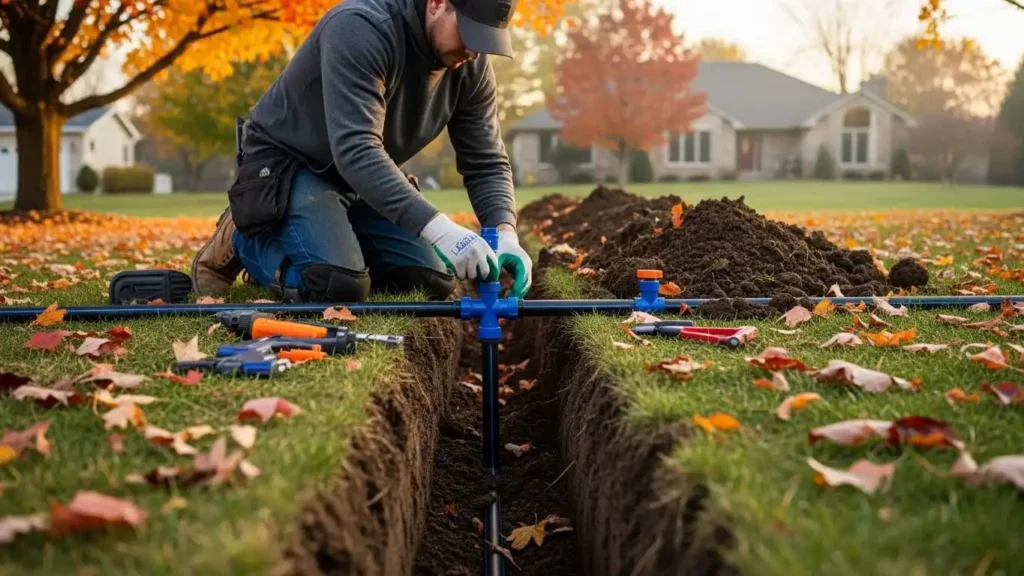Reduce your water bill and beat the heat with xeriscaping. Discover how smart landscaping choices save money in Texas.
Summer in Texas means soaring temperatures and high water usage. Grass-heavy landscapes and high-maintenance plants often require frequent watering, which can drive up costs and place unnecessary stress on natural resources. That’s where xeriscaping shines. This eco‑smart landscaping style cuts irrigation needs drastically by using drought‑tolerant plants, mulch, and design principles that mimic natural systems. This article explains how xeriscape benefits can save water, lower upkeep, and keep your landscape looking great.
Table of Contents
ToggleWhat Makes Xeriscaping Effective
Xeriscaping works because it takes advantage of natural resilience. Using native and drought-tolerant plants means your landscape is already suited to the hot, dry Texas climate and needs far less watering once established.
Mulch helps the soil stay cool and retain moisture, while adding compost or other organic material gives roots a better environment to grow deep and strong, making plants more resilient in dry weather. Ground cover alternatives have also been used to minimize evaporation and maintain cooler soil temperatures.
Add to that an efficient irrigation setup such as drip systems with smart timers and you’ve got a water-wise yard that stays healthy with very little maintenance. When combined, these strategies create a low-demand, high-impact outdoor space built to thrive even in harsh summer conditions.
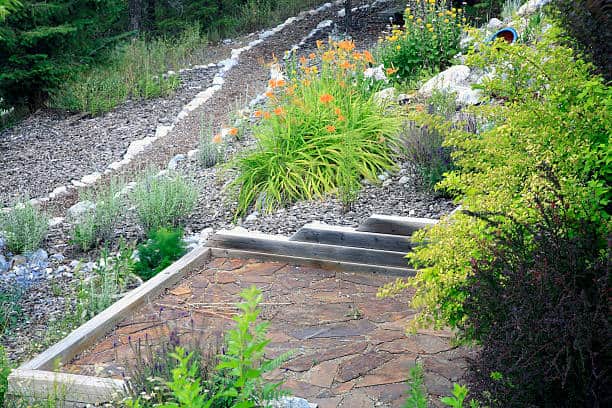
Preparing Your Soil and Choosing Plants
Before planting, audit your soil. Adding compost or organic matter increases its ability to hold water deeper and longer. Pick plants suited to Texas summers like Hesperaloe parviflora, a striking perennial native to our region that needs little water once settled.
Grouping plants by water needs, called hydrozoning, ensures no single area gets over– or under–watered. Extend this principle through mulched zones and gravelled pathways for both function and flair.
Designing an Efficient Irrigation Plan
Even xeriscapes need a little water to start. Install a drip irrigation system with timers that follow natural light and moisture patterns. This approach conserves water and prevents wasted evaporation.
Avoid spray heads and overhead sprinklers. Water at the root zone to promote deep growth. Over time, many areas won’t need irrigation at all, thanks to proper plant selection and soil preparation. Some homeowners also combine passive rain collection techniques, which can offer added efficiency in climates with infrequent but heavy rainfall.
Conclusion
Xeriscaping is a smart investment. By using water conservation landscaping tactics like soil enhancement, drip irrigation, and heat‑tolerant plantings, you can significantly reduce your water usage and costs. The xeriscape benefits include lower bills, less maintenance, and strong environmental credentials – all wrapped in an attractive, resilient design.
Thinking about redesigning your yard with water efficiency in mind? Let Us Do It Landscaping specializes in xeriscaping tailored to Texas climates. Visit us to discover how your outdoor space can be both stunning and sustainable this summer.
